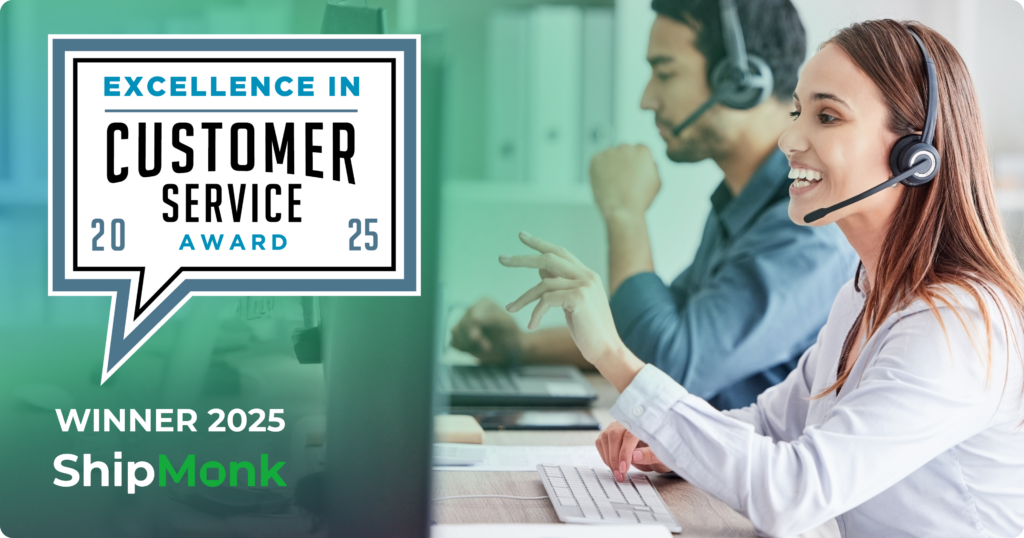It’s time to get social! Kind of. Connecting with your demographic (aka the people most likely to buy your products) is not only essential when it comes to acquiring customers, but also when it comes to keeping them! If this is uncharted territory for you, think of your demographic as the missing piece to the eCommerce puzzle. You may very well have great products and an eye-catching store, but, without an audience, that won’t really do you much good!
Whether you’re just starting out or you already have an idea of who your shoppers might be, we’re here to help you find the peanut butter to your jelly. Let’s get started!
Determine Your Key Demographic
Before you can connect to your audience, you need an audience to connect to! Okay, we’ve established that, but how? Luckily, it’s pretty straightforward.
Step 1: Do Your Research
Every person in your demographic won’t be the exact same, of course, but it’s helpful to configure ranges for their different characteristics. Here are some suggestions on what you might want to consider:
- Gender
- Age
- Physical location
- Ethnicity
- Income
- Education level
- Family composition
- Hobbies and interests
- Shopping habits and behaviors
- Values and motivations
- Pain points
If this isn’t your first rodeo, it’s easy to find this information by reviewing past sales. However, if this is your first rodeo, you will need to do a bit more research into the current market. One of the best ways to do that is by analyzing your competitors. Take a peek at their website and social media to see what kind of audiences they’re attracting and how. Then, compare and contrast your findings to see what you could incorporate (or stay away from!) when crafting your approach.
Step 2: Create Your Buyer Persona or Personas
Now that you’ve gotten the intel, it’s time to organize what you’ve learned into buyer personas. If you’re not familiar, buyer personas are semi-fictitious representations of the customers you want to attract. Buyer personas serve as an effective point of reference, and are especially useful for targeted marketing strategies.
An example buyer persona for Sally Sales would look like this:
- Devoted wife and mother to two girls
- Stay-at-home mom with some college education
- Household income of $65,000/yr
- Avid Facebook and Instagram user
- Loves altheisure, but hasn’t been able to find comfortable clothes at her price point
By being in tune with your buyers’ needs and characteristics, you’ll be able to immediately address their concerns and provide them with the optimal solution. In Sally’s case, her pain point is finding the perfect pair of yoga pants. The solution is simple: A targeted Facebook that promotes the best athleisure in town — at half the price of what the other guys offer!
Personalize the Shopping Experience
Contextual commerce, also called personalization or behavioral targeting, seeks to enhance a customer’s experience by providing targeted advertising based on recent browsing behavior.
Take, for instance, Netflix. Netflix’s recommendations are a prime example of behavioral targeting, as it uses previously streamed content to determine what you might want to see next, which creates a more personalized experience overall.
There are many ways to integrate behavior targeting into your online store, such as:
- “Buyers who bought that also buy…” recommendations
- Geographically customized features, like displaying local sales tax and location-based shipping rates
- Offering coupons to frequent site visitors who have yet to make a purchase
- Showcasing related products together
Last but not least, don’t forget that most shoppers buy from their mobile devices. Make sure that both your website and your checkout page are optimized to be viewed from a phone or tablet. You’ll want the checkout process to be as easy as possible, so optimize away!
Make the Most of Social Media
Not only is social media a powerful tool for connecting with your audience, but it’s also free! The trick is to develop a strategy you can stick to, and, fortunately, there are many creative ways for your business to make a splash.
Here are just a few examples:
- Ask followers questions and encourage them to tag their friends in your posts
- Frequently engage with your followers by following them back and responding to their comments
- Go live
- Host a social media takeover
- Host interactive polls
- Run contests or giveaways
See! All that without spending a penny. Now that’s effective marketing! If you’re still unsure about the wonders of social media, check out our brief introduction here!
You’ll probably find that building lasting relationships with your demographic is one of the most rewarding and fulfilling parts of being an eCommerce business owner. Treat your customers well and they’ll be sure to do the same! Our last tip is to always be mindful of the feedback you receive — whether positive or negative, it can always be taken as a way to further improve your business and expand your audience.
Ready to connect? We’re glad to hear it! And, if you wanna connect with us, our inbox is always open. 😉





